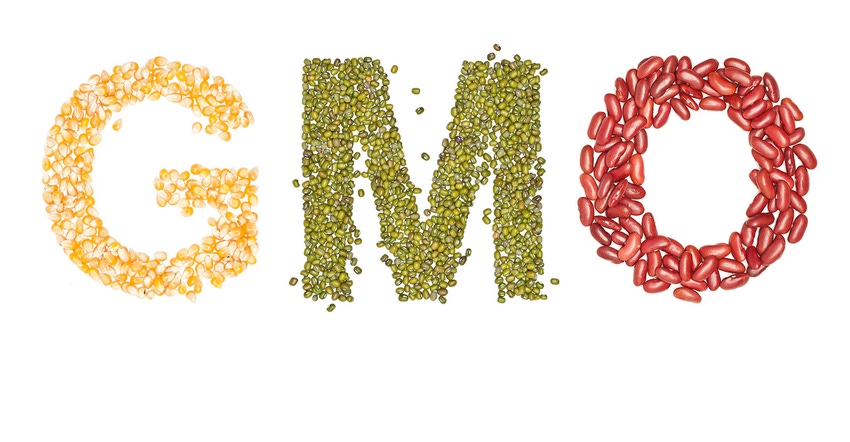
By Deena Shanker
Like it or not, genetic modification is going to be an important tool to feed the planet’s growing population.
If we want to feed 10 billion people by 2050, in a world beset by rising temperatures and scarcer water supplies, we will need to dramatically change the way we produce food. Increased public investment in technologies like genetic engineering is a vital piece of that, according to a report published Wednesday by the World Resources Institute.
Not only must crops be more productive, but the agricultural challenges of climate change—including disease, pests and periods of both drought and flooding—mean they must be more resilient as well.
“We have to increase yields dramatically, at an even higher rate than we’ve done historically,” said Tim Searchinger, lead author of the report. “It’s got to be done by growing smarter.”
The Green Revolution of the 20th century boosted food production using many tools, some of which are no longer available to most of today’s farmers. Fertilizer use has largely been maxed out, Searchinger said, and available water is running dry. Now, researchers need to find new ways to “grow smarter,” including through the use of genetic modification.
While public debate has centered on its two primary uses—in soybeans and corn for resistance to the herbicide glyphosate and production of a natural insecticide, Bacillus thuringiensis (Bt), in corn and cotton—the WRI implores us to look further. “We do not believe that debate over these particular GM traits should dictate policy about the entire technology of genetic engineering,” the report says.
Instead, the report points out that genetic modification saved the Hawaiian papaya population from a deadly virus, and says it may be able to do the same for potatoes in Uganda, soybeans in Brazil and tomatoes in Florida.
“Everyone exaggerates the benefits and costs of these two traits of GMOs,” Searchinger said. “There are so many other things we can do, it’s hard to imagine why we’d be against it.”
The report also emphasizes the need for better breeding, laying out a four-pronged approach for increasing yields, each of which will require more public funding. First, breeding cycles need to be sped up, focusing not just on major improvements but also smaller, incremental ones. Second, crop breeders should increasingly utilize marker-assisted breeding, a technology that allows them to map crop DNA and cut down the number of breeding cycles. Third, research must move beyond crops like corn, soy and wheat, and focus on “orphan crops” such as sorghum, millet, peas and barley, especially because regions in sub-Saharan Africa depend on them for their food security. Finally, researchers should use genetic engineering, including Crispr, to develop more crop resiliency.
The 500-plus page report lays out a 22-item “menu for a sustainable food future,” that explores ways to reduce demand, increase production, restore forests and wetlands, increase the fish supply and reduce greenhouse gas emissions from agriculture. Action items range from reducing meat consumption by as much as 40% in the U.S. to improving African women’s access to health care and education.
But genetic modification, according to critics, has serious limits and research funds would be better spent elsewhere. The report is “too optimistic” about the potential of the technology, said Bill Freese, science policy analyst at the Center for Food Safety. As evidence that it’s both unnecessary and too costly, he points to a 2014 report in science journal Nature that found conventional breeding was faster than genetic engineering in developing drought-resistant corn and a 2011 report that put a $136 million price tag on a genetically modified crop trait.
“It’s easy to say let’s throw the kitchen sink at the problem, but the reality is that you have to take account of successes or failures,” he said. “There are very limited public sector funds. At a certain point, we’ve got to say, ‘Should we really keep pursuing this?’ ”
Advocates for the all-inclusive approach say the answer is yes.
“We have to use all the tools that we have at our disposal,” said Sarah Davidson Evanega, director of the Cornell Alliance for Science, which works to enhance global food security. “Genetic engineering isn’t going to be the only tool, but it’s a good one. To not use it is like asking a plant breeder to use an abacus instead of a calculator.
To contact the author of this story:
Deena Shanker in New York at [email protected]
To contact the editor responsible for this story:
Joshua Petri at [email protected]
© 2019 Bloomberg L.P.
About the Author(s)
You May Also Like




